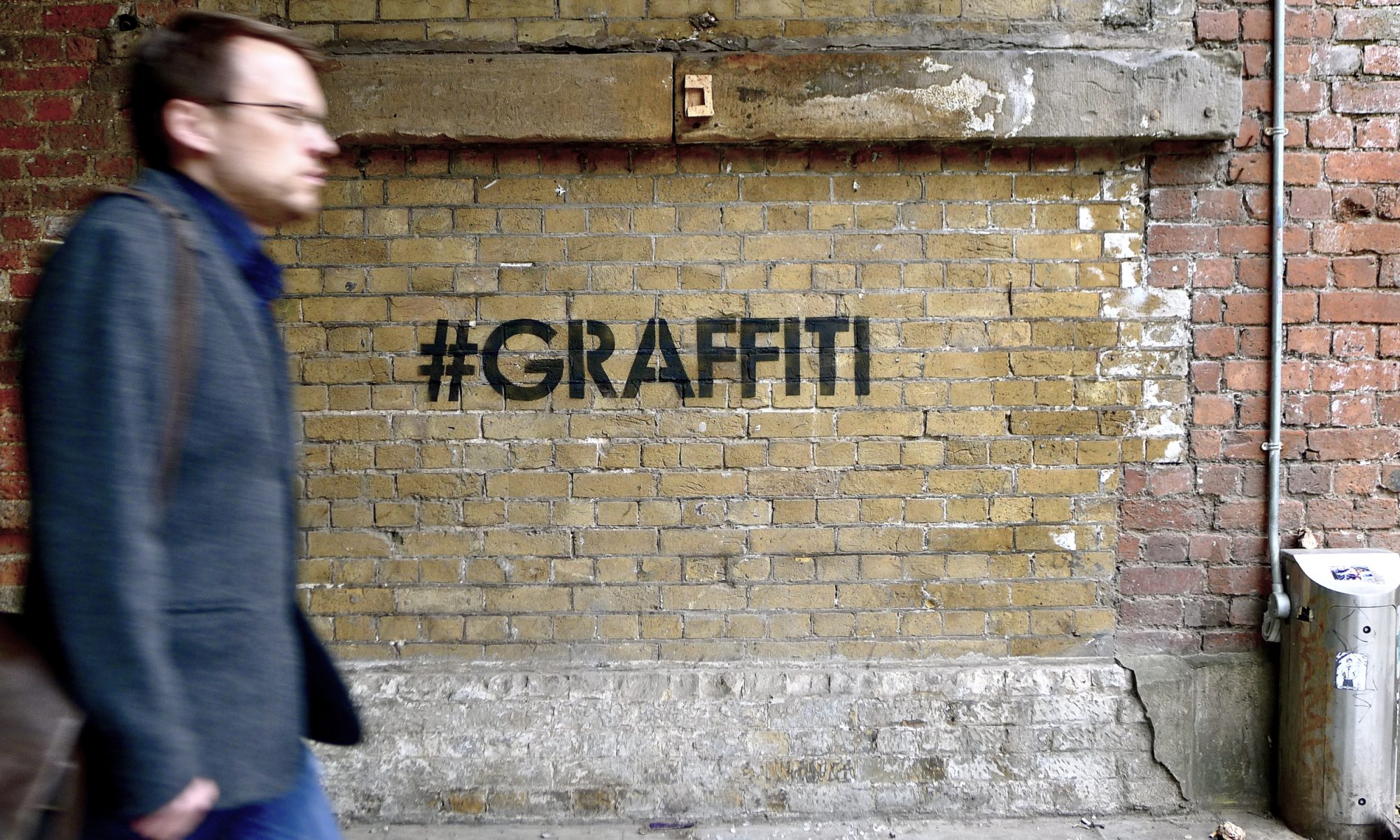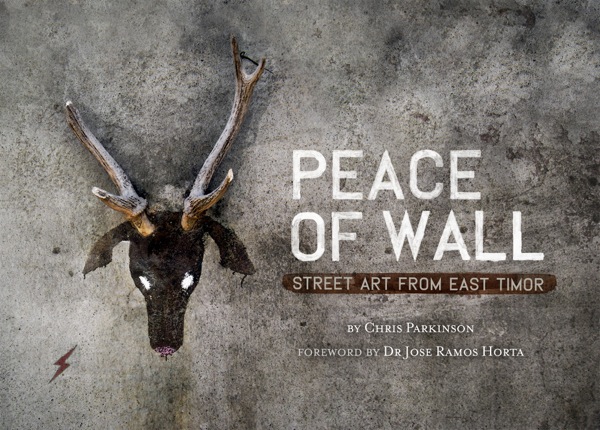
Peace of Wall looks it could be one of those great unappreciated art books, as important for his documentation of art as for its documentation of a critical time in East Timor’s history. Chris Parkinson spent four year photographing in East Timor, and this book is the result of all that work. It’s definitely not your typical graffiti art book.
Chris has kindly allowed me to print his introduction to the book and as well as a few photos:
East Timor is a tapestry of splintered histories and realities. Destruction litters the country like a prodding finger at your chest while renewed urban planning and development creates a sheen of progress amid its historical dilapidation. Dili, the country’s capital, symbolises the past and present; distraught, yet determined and proud in its ambition.
In a country where turf, tenure and territory are keenly contested, the streets belong to everyone. They balance a sense of place, community and security with a barely concealed antagonism where the fundamental frustrations of subsistence living rest, or expose themselves in passionate insurrection. In 2006, when divisions in East Timor’s armed forces inflamed a larger social rift that was beamed across the world, these streets were both refuge and tormentor. Survival was life. Life was survival. It still is. The surface calm today belies a tension so complicated that it’s barely understood beyond its gravity. And its graffiti.
Boldly proclaimed assertions towards political allegiance are offset with colours moulded into messages of development and of harmony. Ghosts, graphic and historical, reveal the past and revel in the present. Peaceful optimism is secreted through shades of hope and reconciliation.
Through a mutual appreciation for its graffiti, the architects of East Timor’s future, the youth, share common identity and ideals despite their differences. The street art is the powerful annunciation of emotion in what common space exists for a population restricted by physical and emotional borders. It is the work of a youth – in turns peaceful and hopeful, and fiercely territorial and frustrated – splashing proud markings of existence over the country’s landscape, hoping their words, murals and thoughts may incite a permanence of recognition and truth over a nation that has struggled with the complexities of colonialism and conflict. It is the media of the marginalised and its messages restructure the past, the mundane, the forgotten and the present.
Photographing East Timor’s graffiti was the documentation of a movement that was wildly contradictory, highly emotional, instantly engaging and consistently dramatic. What I found through four years behind a camera focusing on walls was life, and the art that informs and sustains it.
From peaceful and intriguing beginnings in 2004, through a dramatic conflict in 2006 and then the two years of recovery before my departure in 2008, the walls became a fascinating gauge of public opinion. They were a narrative in real time and offered more than the political posturing of the country’s leadership and the analysis of the foreign agencies struggling to find rationality in East Timor’s growing nationhood.
Through 2006 and 2007, both the United Nations and the International Non-Government Organisation’s security staff coordinated what was known as a security tree; telephone text messages that branched out through varied networks, alerting people to problems or areas of conflict. I have used some of them here to provide the atmosphere of the conflict, which I still believe is, or hopefully was, too layered and parochial for foreigners to fully grasp. The analysis can be left to the walls.
This book represents what I believe to be an altogether different insight into notions of place, history and identity in East Timor. Enclosed are the direct expressions of its people told in their own way, commenting on and celebrating their own experiences. And for me, that’s the fundamental value of graffiti. Its pedagogical imprint is a celebration for both audience and author.
My hope was that I could be a conduit for the voices of ordinary Timorese to be heard outside of their country. I hope that while we peer through the lens of history, more will shift than just the eye. That which confronts and confounds us may nurture our compassion, understanding and empathy.
Beautiful. Tragic. Hopeful. Resourceful. Ingenious. Nascent. Complex. Post. Peaceful. Present.
Welcome.
East Timor.Chris Parkinson
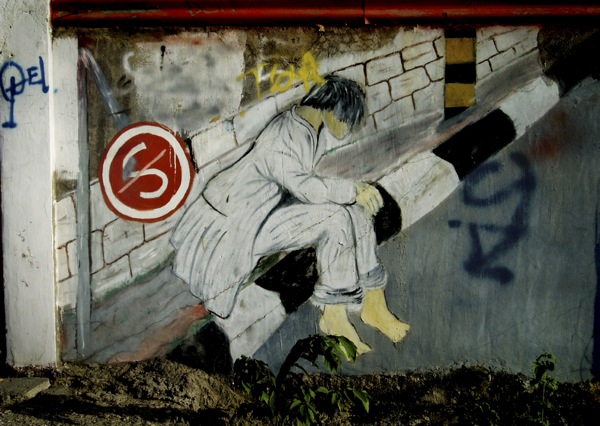
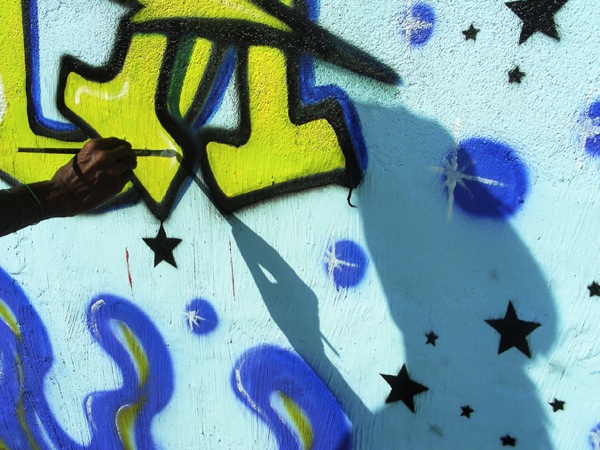
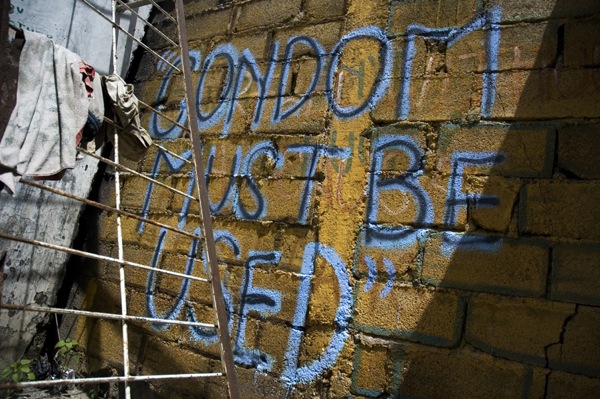

Peace of Wall will be released in Australia at the end of April. You can learn more about the book on Chris’ blog.
